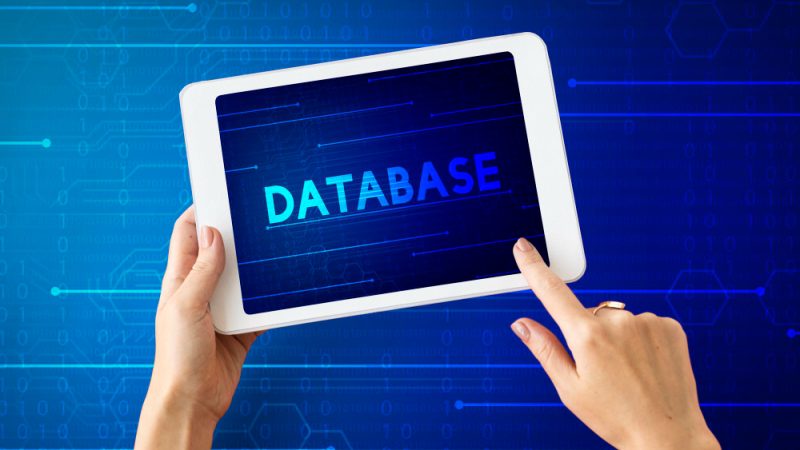5 Must-Have Features of Program Management Tool

Managing projects related to software development is challenging. There are numerous ideas to strategize, control and manage, resulting in the manager getting lost in the process. There are program management tools available in the market to make things easier. A program management tool aids the business by helping organize all aspects of its work.
However, as there is an innumerable number of these tools available, searching for the one that fits the company could be significantly time-consuming. To make the right choice, a manager must know the features that every project management tool must-have for efficient software development.
Why Is It Necessary To Choose the Right Software?
When software development demands that solutions are obtained through collaboration, self-organization, and cross-functioning of teams and the customers, one must make a sound plan. It includes many points.
Essentially, the manager needs to specify the project’s purpose, goals, stakeholders, scope, team members, roles, and responsibilities, and schedule all the deadlines that have to be met. One can only achieve it through an efficient program management tool.
Apart from the basic features like task management and progress tracking, the online project management software must have a few other features without which the software development project would be inefficient. Here is a list of characteristics that the best management tools must possess.
1) Team Collaboration
It is essential to communicate and collaborate with the software development team using a tool without switching between different screens and software. A smooth-communication that is well-organized and well-timed is a must as all the innovative ideas for the product are planned and discussed here.
Project management tools provide active communication options like attaching files and commenting on tasks that would stay on the cloud for easy and quick access.
Other features like ‘export’ make it easy to keep charts on hand, ‘sharing’ function allows for anyone involved in the project the rights to view and edit. Some tools have the option to view the history of changes made to keep track of them, undo any mistakes done, and restore things to the previous version.
2) Critical Path, Dependencies, and Milestones
In a software development project, no task is separate. Task one is usually always connected to task ten, and there are so many options to manage them. It is why a good management tool must provide task dependency functions at all development stages, with a simple way to organize and access them.
In a project timelines, milestones are specific accomplishments achieved in a project that must be marked to keep things on the record. It indicates that the project has just gotten through an important event and is heading in the correct direction. In software development, milestones can be in the form of a few reviews from field and software experts, new feature development, one hundredth registered user, etc.
3) Management of Resources
Resources are materials or equipment, labor forces or the team, and the expenditure for each of them. It is essential to keep track of the resources and the expenses, and hence resource management is a vital and integral part of software development projects. The management tool helps to not only assign the task but to calculate the expenditure too.
It helps the manager allocate the required resources and expenses and ensure that they don’t work too much or underperform.
4) Risk Management
There are hardly any software development projects where no risks occur. Unexpected situations arise all the time, in all stages of software development and they have varied impacts on the plans.
Usually, these events have a negative effect on the project, but there are times when they impact it positively as well. In any case, it is crucial to know the risks and make a risk impact assessment on the duration, the deadlines, the participants, the progress, and the budget.
This function is a must, especially for long-term projects that involve a lengthy, complicated process. Processes like these require contingency plans. Therefore, to ensure that the performance’s quality stays high and no unexpected expenses occur, the manager must calculate all the risks in advance using the tool.
5) Baselines and Estimates
A baseline shows the comparative chart of the manager’s plans for the software development and its real-time progress, deviation analysis, and estimations. A project management tool needs to have that feature.
Some may provide automatic scheduled reports, and some may require manual operation. Tools with automatic baseline options are recommended for the smooth functioning of the project management process.






